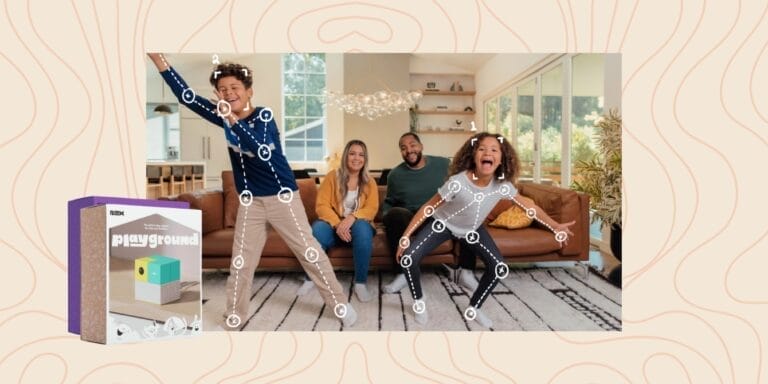How to have happy kids—the Montessori way

3 words: Freedom within limits.
Table of Contents
In “Dr. Montessori’s Own Handbook,” Maria Montessori observed that children in her schools had a certain calmness and quiet joy. She concluded that this positive change in children’s disposition resulted from two things: organization of work and freedom.
The ‘prepared environment’ is a hallmark of any Montessori school. Montessori believed that the children’s classroom environment should be carefully designed to spark their curiosity and empower their own inner teachers, to help them find purposeful work. Purposeful work provides a positive outlet for children’s energy and brings them a deep sense of satisfaction.
Related: 8 parenting strategies Montessori teachers use with their own kids
Within the prepared environment, Montessori children have the freedom to choose their own work. They do not all work on the same thing at the same time as in many traditional schools. They also have the freedom to engage with the work at length and with creativity as long as it is respectful.
Montessori found that when given choices and purposeful work, children no longer needed to rebel, and reached a state of happiness and improved character.
Freedom within limits
Montessori’s observations of the children are supported by modern scientists’ studies of society at large. “Manipulating Happiness: Maria Montessori,” Biswas-Diener’s study in the “International Journal of Wellbeing” asserts that Montessori strategies can, in fact, make children happier.
There is of course no one definition of happiness, but Biswas-Diener discusses several happiness theories that include factors such as autonomy, mastery of new skills, and connections with others—all of which are emphasized in Montessori classrooms.
Related: What is Montessori? 10 key principles all parents should know
He also cites many research studies regarding how personal choice and freedom increase happiness in people in general. Children are no different. Biswas-Diener goes on to point out that, while freedom is essential to happiness, too much freedom, or limitless choices, can actually hinder happiness. Essentially, freedom within limits fosters happiness.
This means children have the freedom to move around the classroom and choose where to sit, but not to run through the classroom or trample on someone else’s work. They have the freedom to choose what to work on, but not to only choose math all day every day and neglect reading—the teacher would help guide them to a different choice in this case. They have the freedom to express themselves, but not in a way that is disrespectful to others.
Freedom within limits.
3 tips to raise a happy child
It’s very possible to incorporate these principles at home to help your child be happier. Try these things:
1. Think of your child’s room as a prepared environment
Organize it simply and fill it with things that spark their creativity and concentration.
2. Engage your child in purposeful work
Invite them to help you make dinner or ask them to rake the leaves in the yard. Work brings satisfaction and a positive sense of self.
3. Take a step back
Before you tell your child not to do something or interfere in an argument he’s having, ask if it’s really necessary, or if you can give them the freedom to work through it on his own. Watch for a minute and see if it’s really dangerous or harmful, or if you’re just stopping them out of habit.
Autonomy and purposeful work help bring children happiness. It’s wonderful if they can have these things in school where they spend so much time, but you can certainly offer them at home regardless of how they spend their school days.
A version of this post was published November 5, 2017. It has been updated.


































